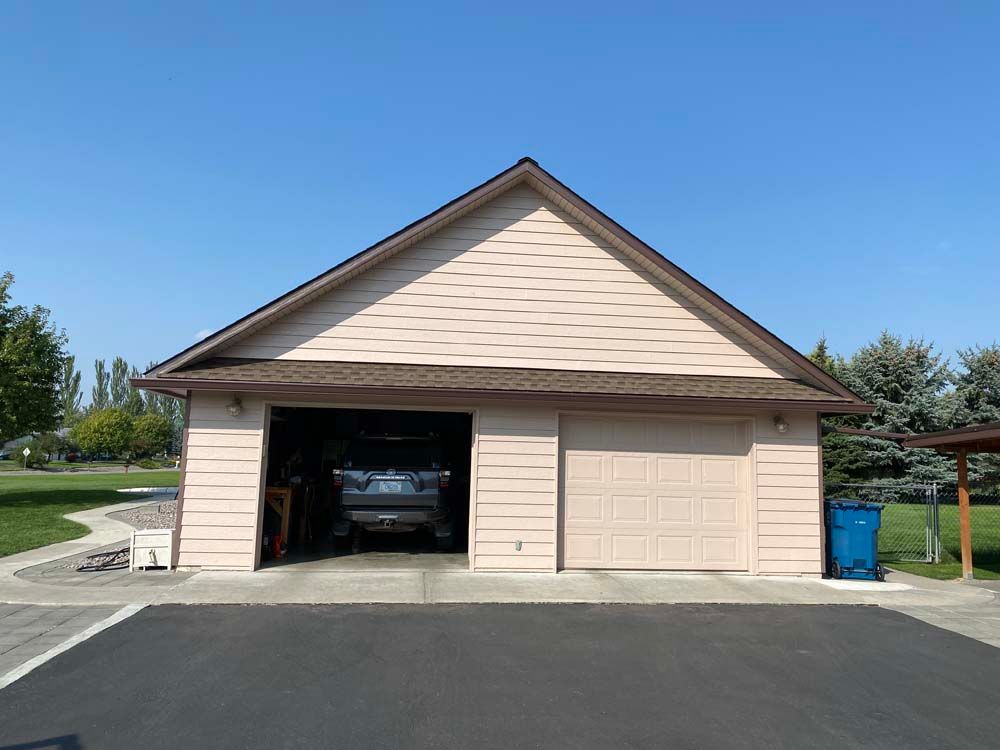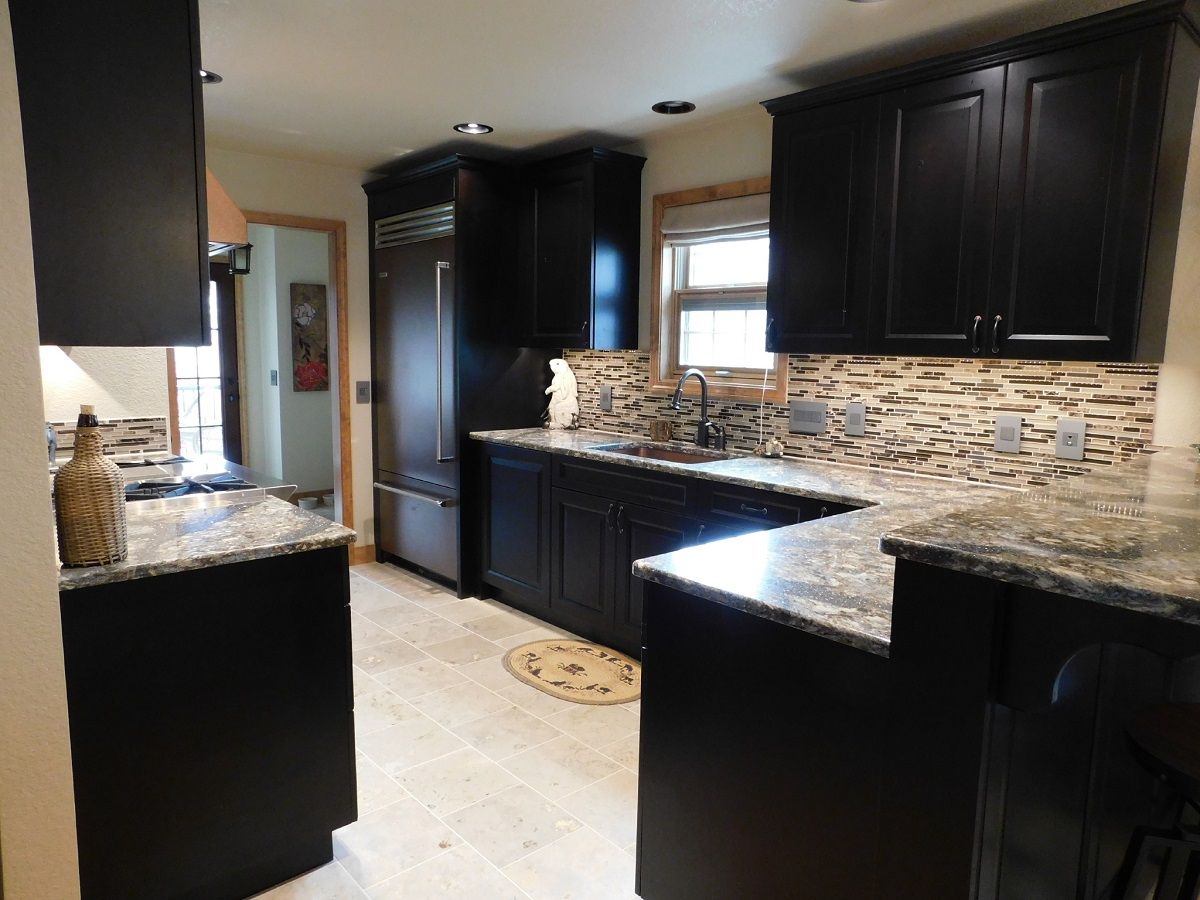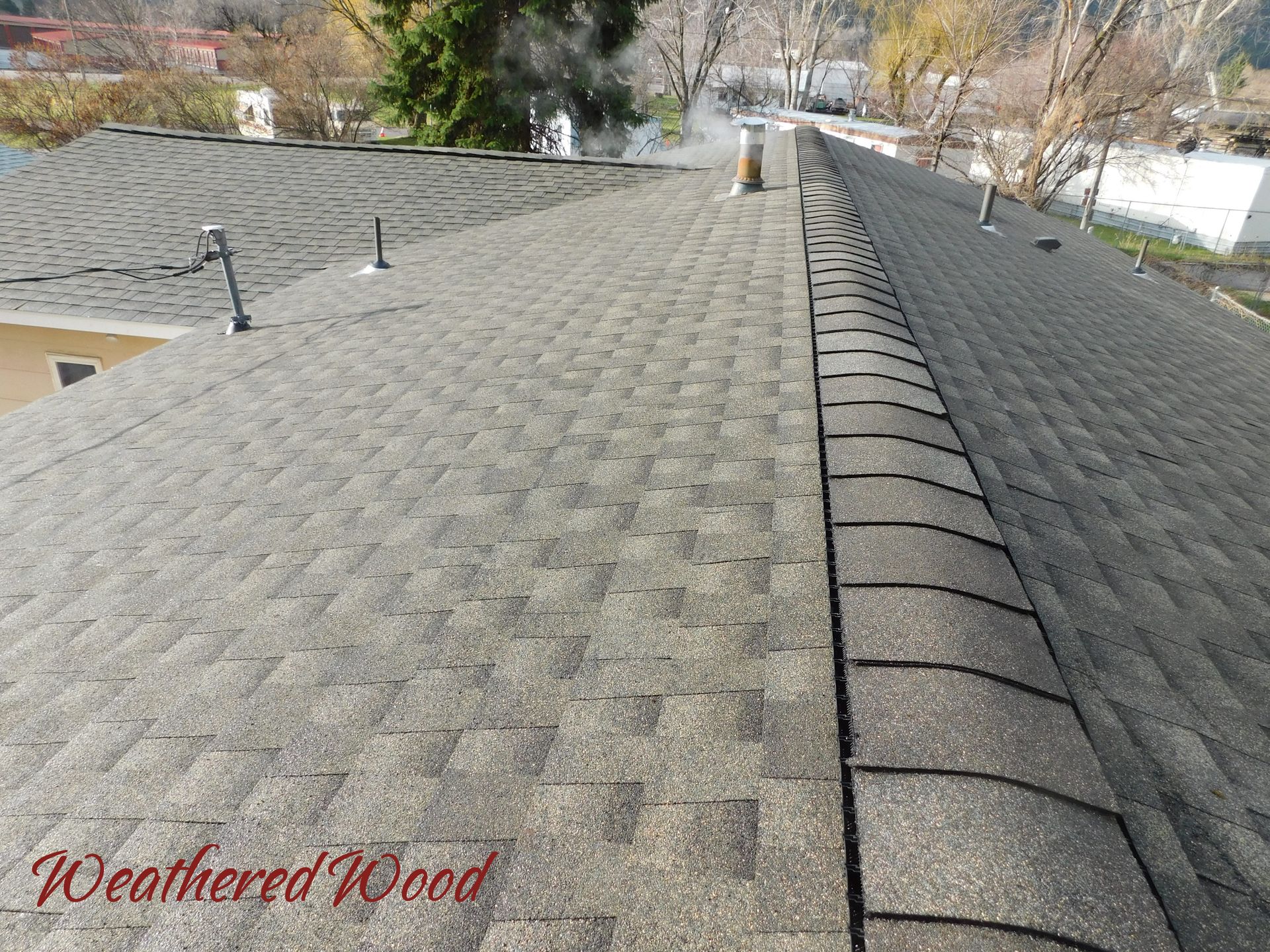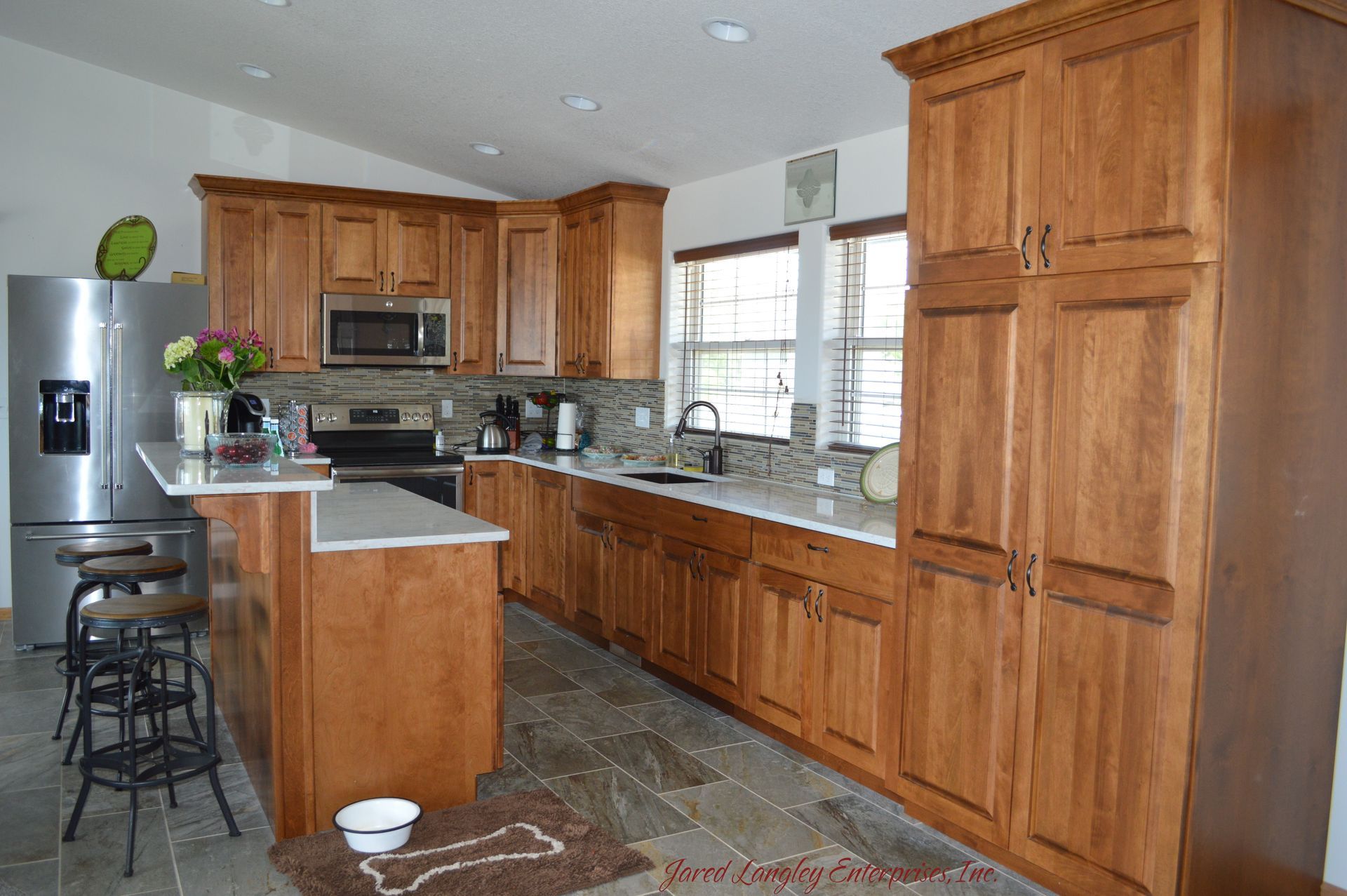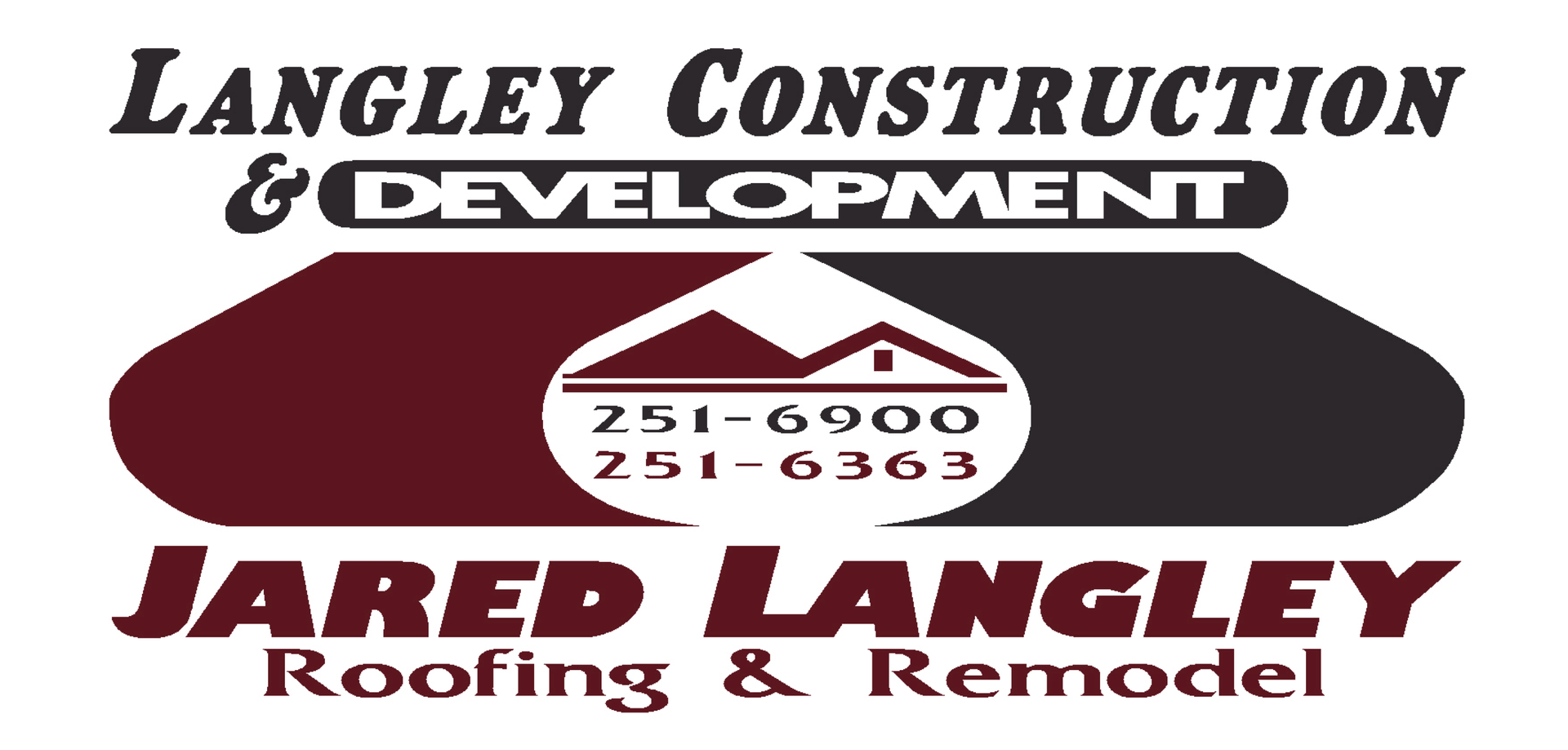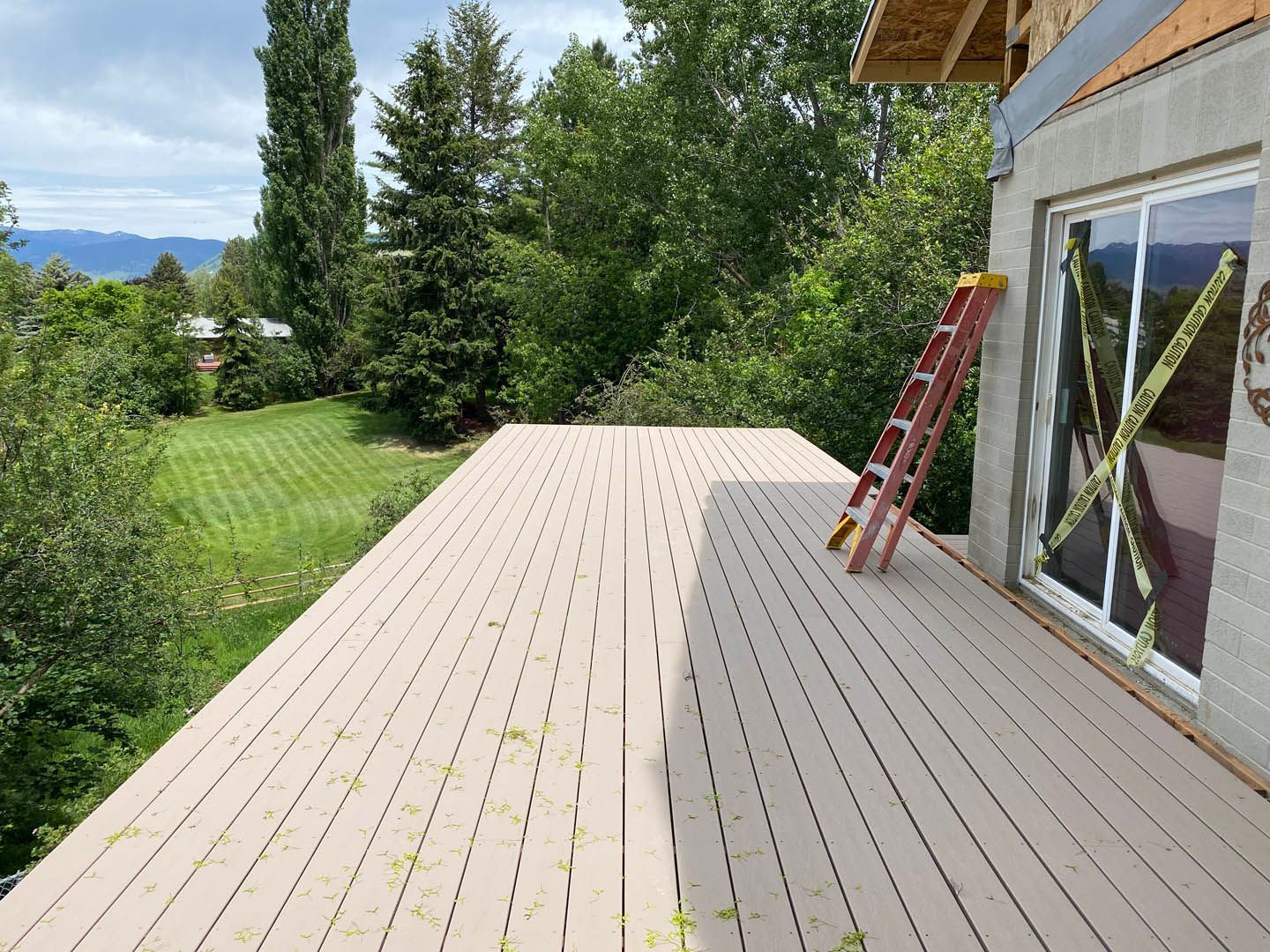Winter Home Safety Checks
As we enjoy this beautiful winter weather here in the Northwest, we’ve hopefully prepared our homes for the cold season. Winter brings snow and snow becomes water. Water can be a destructive force for our homes that can lead to wood rot, peeling paint, shorter lifespan of roofing and siding and higher maintenance costs.
Investigate, Identify and Repair All Leaks and Cracks
The best way to prevent water damage from rainwater and snowmelt is to ensure the exterior materials of the building are properly constructed and maintained. The following are tips for identifying and eliminating sources of water intrusion in your home. Common places where water intrusion occurs:
Windows and Doors: Check for leaks around your windows and doors, especially near the corners. This can be done by simply feeling for cold air intrusion. You can also use a Kleenex ® and hold it by the corners of the windows and doors to check. (Sometimes it feels like cold air is getting in but it may be only the cold coming from windows where the panes have lost their insulating qualities.) If you’ve got movement, this is a good indicator that air is leaking into your home. Check for peeling paint, it can be a sign of water getting into the wood. Inspect for discolorations in paint or caulking, swelling of the window or doorframe or surrounding materials.
Fascia: The fascia or the vertical board/wood directly under the roofing should be checked at the corners. One of the best tests, during rain, or a melt, is to check and see, if the water is dripping out behind the gutters (if you have any). The corners can swell if caulking and/or paint is not sufficiently applied, or has aged past its useful life.
Roof: Repair or replace shingles around any area that allows water to penetrate the roof sheathing. Leaks are particularly common around chimneys, plumbing vents and attic vents, not to mention bathroom fans. To trace the source of a ceiling leak, measure its location from the nearest outside wall, and then locate this point in the attic using a measuring tape. Keep in mind that the water may run along the attic floor, rafters, or truss for quite a distance before coming through the ceiling.
Foundation and Exterior Walls: Seal any cracks and holes in external walls, joints, and foundations; in particular, examine locations where piping or wiring extends through the outside walls. Fill all cracks in these locations with sealant. Additionally, if you smell a “musty” odor, it’s a good chance that moisture, even if only a small amount, is getting into your home.
Plumbing: Check for leaking faucets, dripping or “sweating” pipes, clogged drains, and faulty water drainage systems. Inspect washing machine hoses for bulges, cracks or wetness. Replace them every few years or sooner if problems are found. Inspect the water heater for signs of rust or water on the floor. Also, if you have an ice maker on the refrigerator, pay even more attention to this area. A large amount of water claims come from a broken/fractured fitting or pipe.
Vents: All vents, including clothes dryer, gable vents, attic vents, and exhaust vents, should have hoods, exhausted to the exterior and be in good working order. The most important things for those penetrations through the roof are the boots, or roof jacks. Also, sidewall exhaust vents should be checked to ensure they are tight and sealed. One of the things we find most, especially with dryer vents is that the lint, during the summer months (when the humidity is higher) will stick to the insides of the exhaust pipe. This eventually causes a restriction, or buildup. We recommend cleaning your dryer vents at least once a year.
Attics: Check for holes, air leaks, or bypasses from the house and make sure there’s enough insulation to keep house heat from escaping. One of the ways you can tell you don’t have proper insulation is to look at your roof from the outside after a good snow. You’ll see the snow melting off, not staying on the roof, even though it’s very cold outside. If you’ve got a smooth “snow blanket” across your roof, you are more likely than not, in good shape. Air leaks and inadequate insulation results in ice damming. If ice dams collect around the lower edge of a roof, rain or melted snow can back up under the shingles and into the attic or the house and cause fascia damage. Check the bottom side of the roof sheathing and roof rafters or trusses/rafters for water stains. Please bear in mind, before a panic is started, that moisture is in the air and will get into any attic. Some discoloration is typical especially when we have a fluctuation of a typical house (say 70degrees inside the home and -20 degrees outside the home) in the cooler months. With typical construction and this large of a swing, we can see frost in the attic. Obviously, moisture in the attic is what we’re trying to avoid. If you see several inches of ice built up on the bottom of the plywood, this is not what we want to see. Typically, in most houses, there will be a small scuttle, or attic access you can look at your attic through. If you don’t have one, we can add one for you. Don’t forget, if you’re on a step ladder, please have someone assist you by holding the bottom of the ladder still. Safety should always be paramount in any inspections. Homes can be fixed. Sometimes we can’t.
Basements: Make sure the basement windows/wells (if under the lawn elevation) have good drain rock in them for quick drainage. Inspect sump pumps to ensure they work properly (if you have them) by pouring some water into the sump hole. A battery backup system or UPS (uninterruptable power supply) is recommended just in case the power goes out. We also recommend a moisture alarm (hard wired with a battery backup) in the area which houses the sump pump. This way, if the water does get up past the level of the basement concrete and you have a power failure, you’ll be warned. The sump pump should discharge as far away from the house as possible (please consult your area building department/ordinances). NOTE: please also be aware that in the winter, our furnaces and heating units will typically cause a much drier atmosphere inside the dwelling and as our building codes increase in restrictions, our homes get even tighter. You may notice this by a toilet that has been unused during these colder months, having the water level drop substantially and even after several weeks, have nothing in the bowl at all. The plumbing fixtures are designed with a trap, or gooseneck, to avoid having the sewer gases come back into the home. If you have unused plumbing, we recommend flushing the toilets at least once a week, running water in the tubs, pouring a good amount of water into the drain in your mechanical room and all other floor drains. This will help alleviate the possibility of the sewer gasses getting back into your homes.
Mechanical units: Check the drain pans or hoses coming from your furnace to insure they drain freely and are adequately sloped toward the outlets and that no standing water is present. Make sure the drain lines are clean and clear of obstructions. We’ve seen, on quite a few claims, where people have begun using their mechanical rooms for storage purposes. This can detract from the water being able to egress, or leave the room in the proper fashion and will typically ruin carpet, hardwood and even cause much more damage that could’ve been avoided. Additionally, we need a good “cold air return” and circulation of the air.
Expansion Joints: Expansion joints are materials between bricks, pipes, concrete basement floors and other building materials that absorb movement. If expansion joints aren’t in good condition, water intrusion can/will occur. If there are cracks in the joint sealant, remove the old sealant, install a backer rod and fill with a new sealant.
Exterior Wood Sheathing and Siding: Replace any wood siding and sheathing that appears to have water damage. Inspect any wood sided walls to ensure there is at least 8″ between any wood and the earth.
Drywall: Since drywall is an extremely porous material and is difficult to dry out completely, damaged areas should be replaced if any signs of moisture are present. One way to protect drywall from moisture intrusion in the event of a flood is to install it slightly above the floor and cover the gap with molding.
Exterior Walls: Exterior walls should be kept well painted and sealed. Don’t place compost or leaf piles against the outside walls. Landscape features should not include soil or other bedding material mounded up against walls. Additionally, the dirt grade, or slope of the ground on the exterior of your home should slop away from the foundation or wall, not into it. Check sprinkler heads as well. We typically find that sprinklers, if they are against the walls of the home, will disturb the dirt when they’re installed. This gives water a direct access to the foundation and potential cracks that could exist underneath the ground due to settling of the surrounding grade.
Act Quickly if Water Intrusion Occurs
If water intrusion does occur, you can minimize the damage by addressing the problem quickly and thoroughly. If water is flowing into the home from burst piping or damaged appliances, shut off the water supply, typically found outside the house or at the meter (please call your utility company as most have the tools necessary to shut the valves off quickly). Immediately remove standing water and all moist materials. Please consult with a licensed building/mitigation/remediation professional who can determine the extent of the repairs necessary. Water damage left unattended can result in structural failure or, potentially, mold growth.
To assist you with your water intrusion, or any of the services above, we offer services ranging from water mitigation/remediation, new construction, energy efficiency, repairs and any other construction related needs you may have. Our skilled staff works hand in hand with you and your insurance provider. We understand the “insurance process” and the completely different, frustrating language they speak. Let us handle all of your insurance needs so you can live your life! Please bear in mind that these are guidelines and some of the first lines of defense that we inspect. With this being said, due to safety and expertise, we’d advise calling us first! We take pride in our work and provide our customers with the best! Give us a call today at Langley Construction and Restoration services (406) 251-6900.
Professionally and Sincerely
Jared Langley
President / CEO
